Discover the breathtaking beauty of Tortuga Bay in Ecuador, a pristine beach surrounded by lush nature, wildlife watching, and relaxation. What makes Tortuga Bay a must-visit destination? How can you explore the natural wonders of Tortuga Bay in the Galápagos Islands? Learn everything you need to know about this tropical paradise.
I had started the day quite early and my plan was clear: after a quick breakfast I would set off to Tortuga Bay, one of the must-see places on Santa Cruz Island. I was lucky because it was very close to Puerto Ayora and it was possible to go on foot. After leaving the hotel I was at the entrance of Tortuga Bay in just 15 minutes. I immediately felt the advantage of my early start; the weather was not yet oppressively hot and the beach was not crowded with people. I could enjoy this magnificent beach in peace and away from the crowds.
When I entered the office at the entrance to Tortuga Bay, they asked me to write down my name, country and time of entry in the guest book. I think they were doing this to keep track of when visitors entered, possibly to ensure they left by the end of the day. After entering my information, I started walking towards the beach. The approximately 2 km long walking path was a smooth path surrounded by trees and rich vegetation on both sides. After a pleasant 40-minute walk, I finished the path and reached Tortuga Bay, with its white sand beach and scattered marine iguanas.

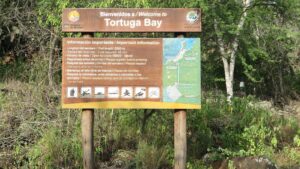

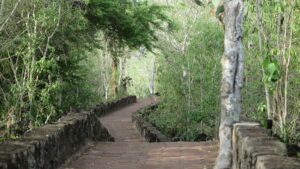
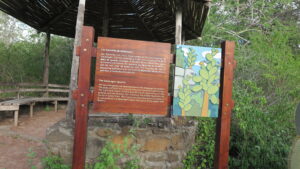

Snow-white Beach and Strong Currents
The first thing that caught my attention when I stepped onto the beach was the snow-white sand covering the beach. I had seen this kind of sand before on Venezuela’s La Tortuga Island. The sand was so soft and clean, it felt like walking on a floor of flour.
Another attractive thing that accompanied this unique texture of the beach was the strong wave sounds coming from the ocean. It was impossible not to notice this sound. The ocean waves were constantly beating the beach. A sign at the entrance of the beach warned visitors not to swim here due to strong currents.
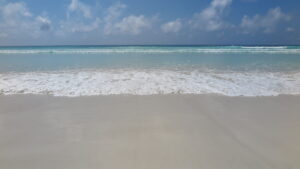
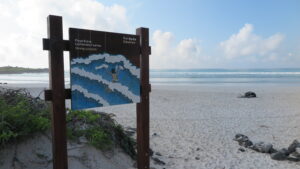
Marine Iguanas
When I raised my head from the white sand and ocean waves and looked around, my eyes fell on the rocky area on the beach. There was movement around and on the small dark rocks. When I looked a little more carefully, I realized that the reason for this movement was marine iguanas.
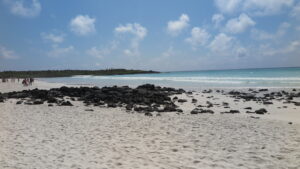
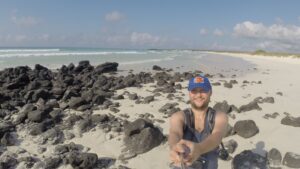
Although I had seen a few marine iguanas in Puerto Ayora on the first day, the ones I saw here were more impressive in both number and size. Dozens of marine iguanas were scattered on and around the rocks. Some were sleeping, some were walking among the rocks, and some were heading towards the ocean. All these marine iguanas looked like modern representatives of their prehistoric ancestors, with their colors and appearance.
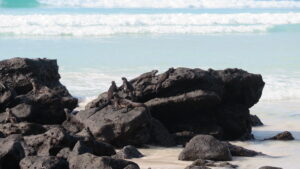
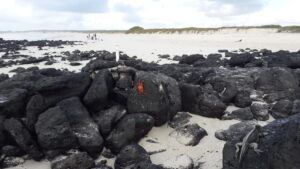
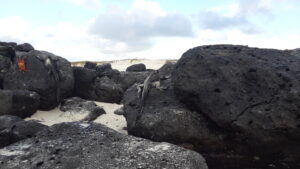
These animals are not aggressive. You may be surprised, but these animals are herbivores, and their main food is seaweed found in the ocean and rocky areas. You can easily approach them and take photos.
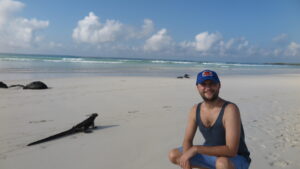
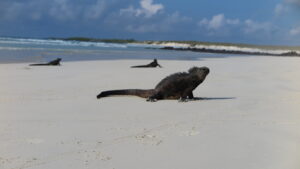
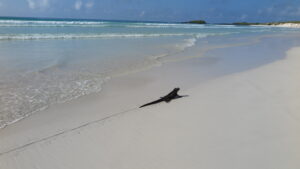
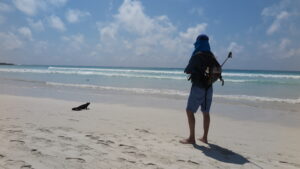
As the sun was slowly starting to rise, I said goodbye to the marine iguanas and started walking along the beach. I was trying to protect myself from the scorching heat of the sun by hanging my thin towel from inside my hat over my shoulders. The beach is about 1 km long. As I walked, I stopped frequently to take photos of both the birds and the marine iguanas.
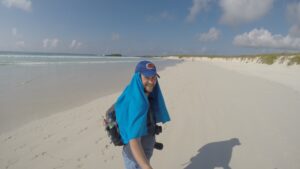
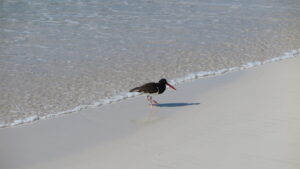
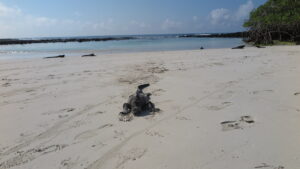
An Ideal Bay for Swimming
The end of the beach led to a small cove. This was a very quiet cove protected from the rough waves of the ocean by the natural barriers around it. When I arrived there, I saw that people were swimming here and cooling off. In fact, it wasn’t just people swimming; a few marine iguanas had also chosen this spot to cool off. I joined this group and jumped into the water. Although it was a little scary to know that an iguana could pass by me at any moment while swimming, it was quite enjoyable.
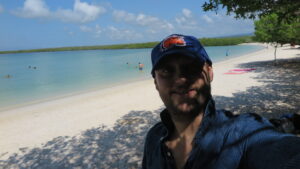
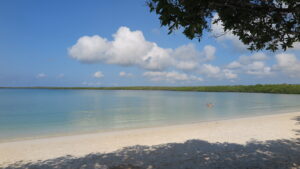
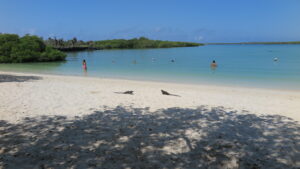
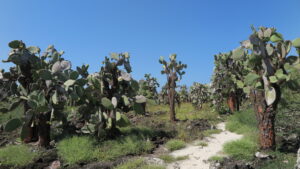
Small Tips
Go to the beach early in the morning. This way, you can easily visit the beach before it gets too hot and make different plans for the rest of the day. Since the sun is quite hot at noon and there is no shade along the beach, it would be a good idea to bring a hat, sunscreen and even long-sleeved thin clothes. Since it is dangerous to swim in the ocean at the main beach, choose the small bay to swim.


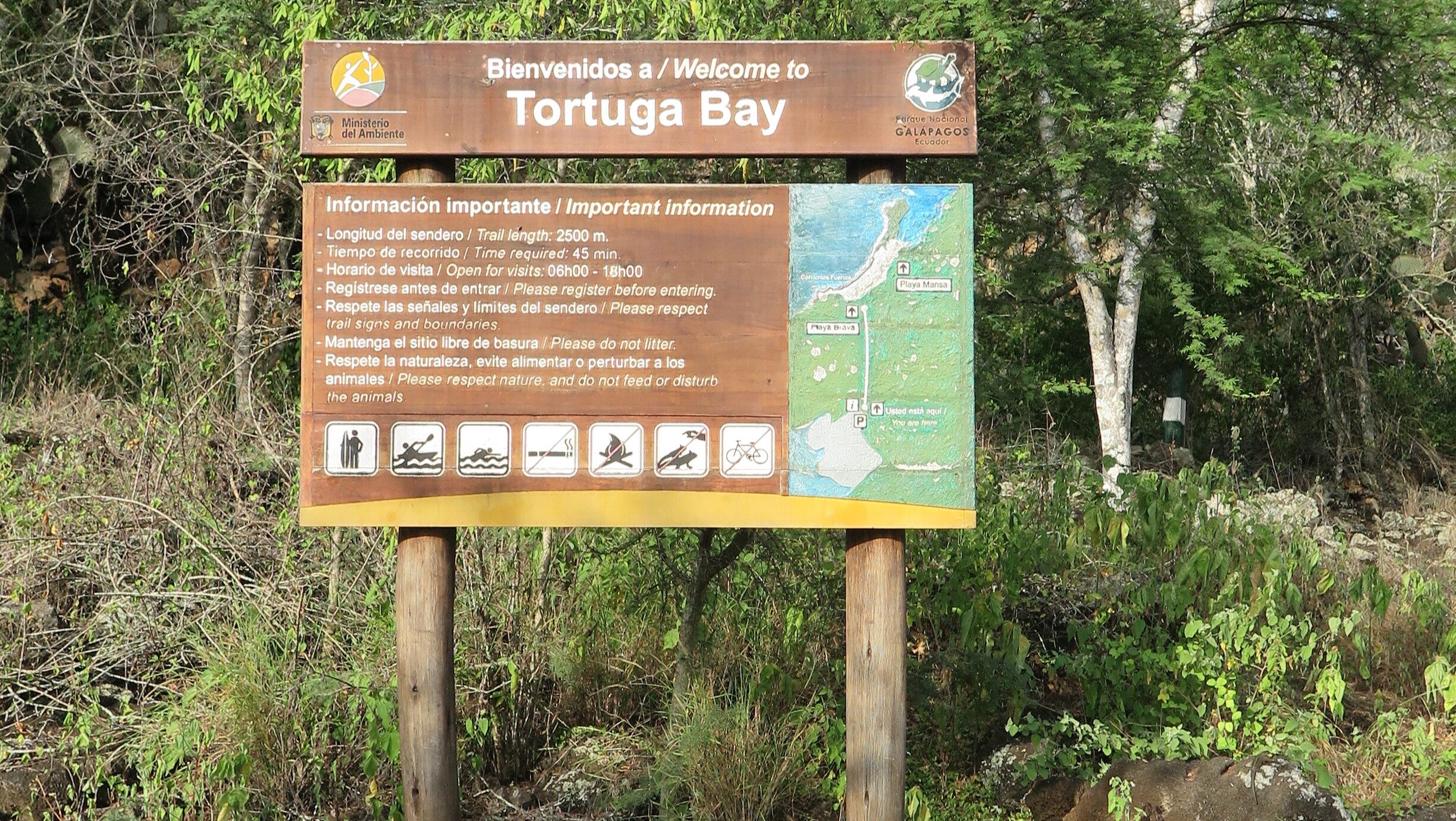

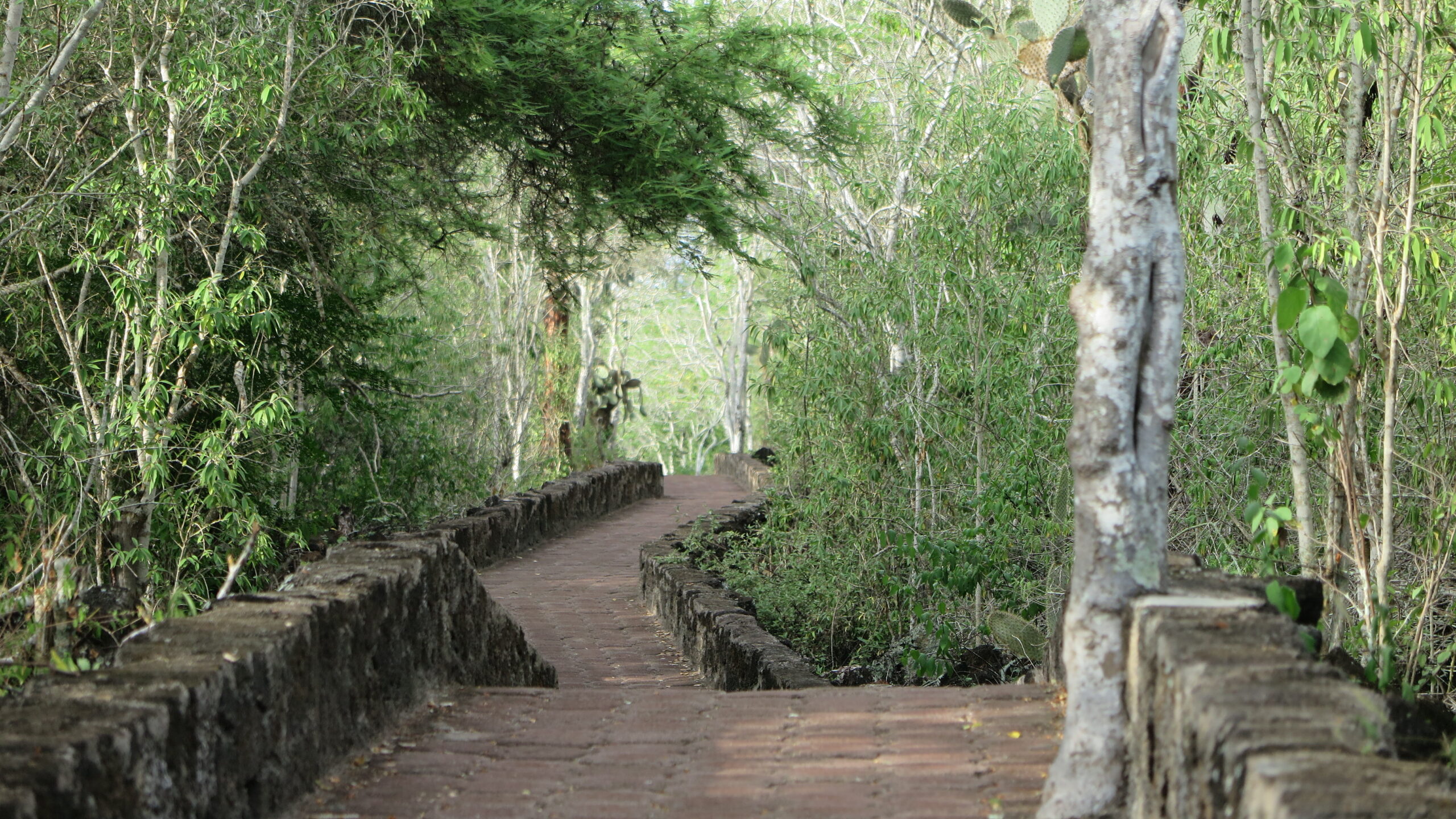
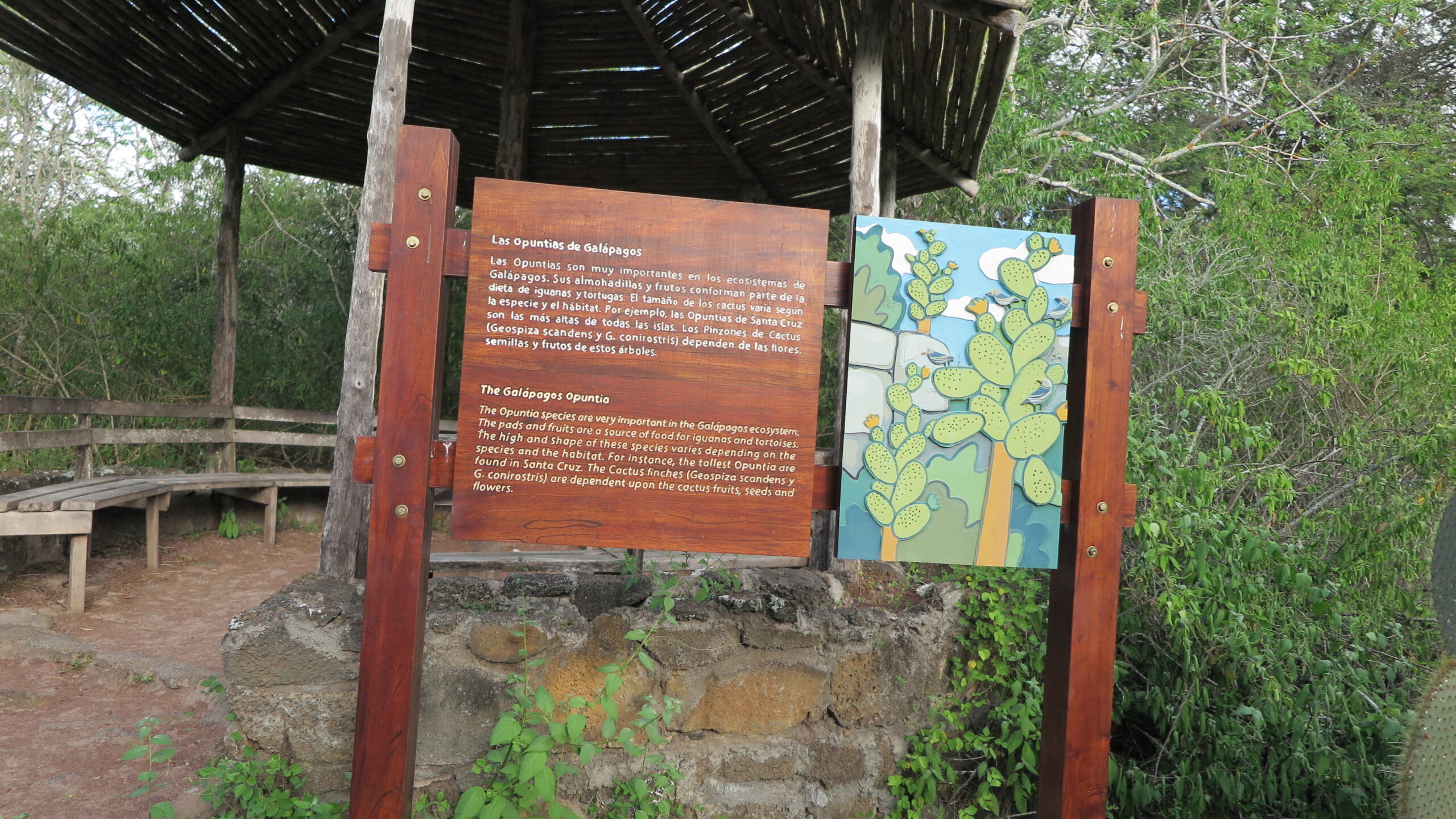
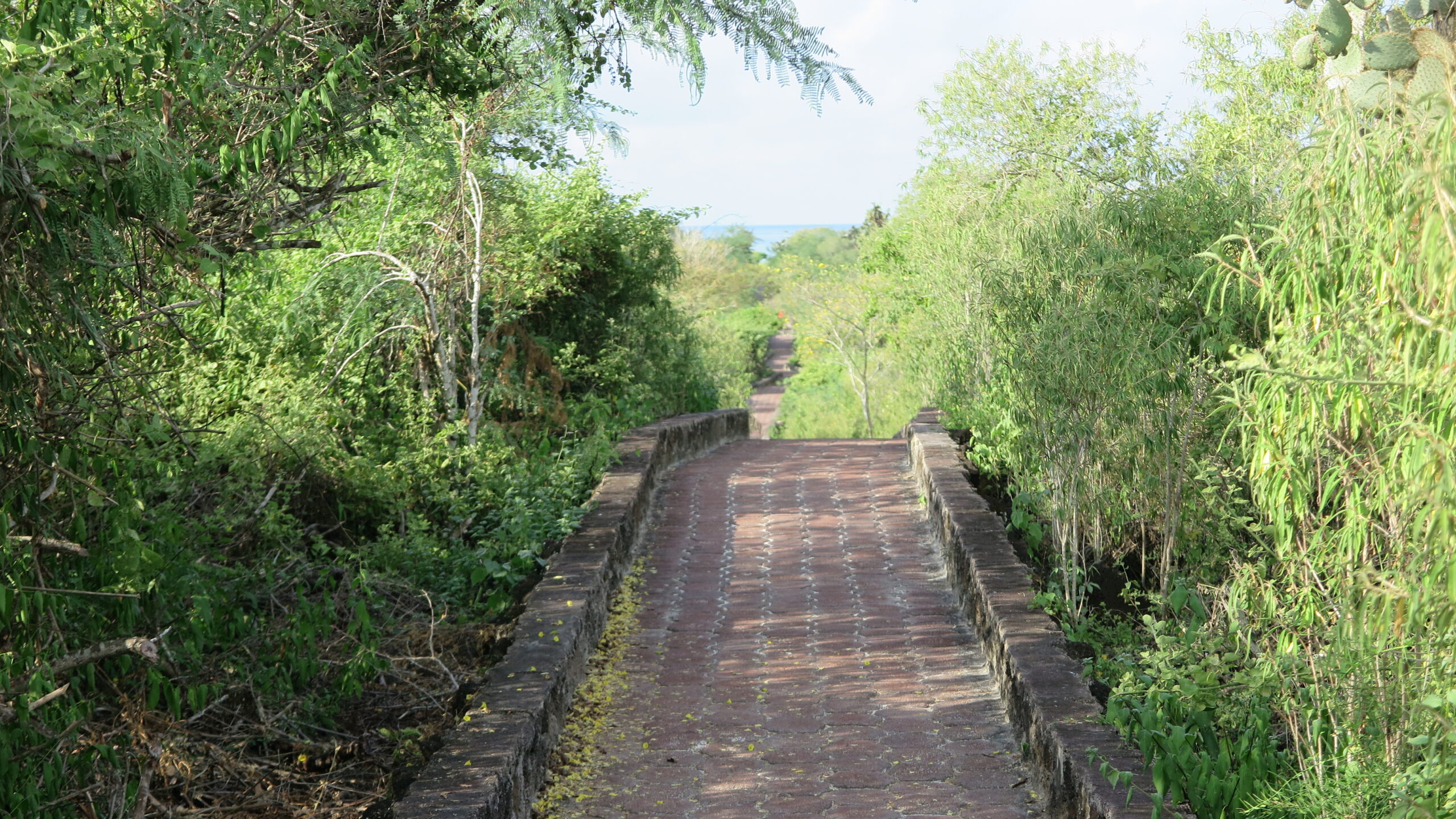

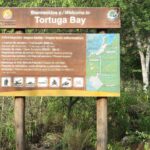
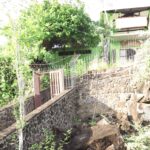
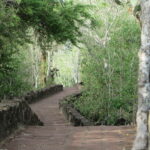
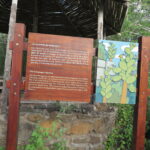
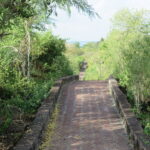
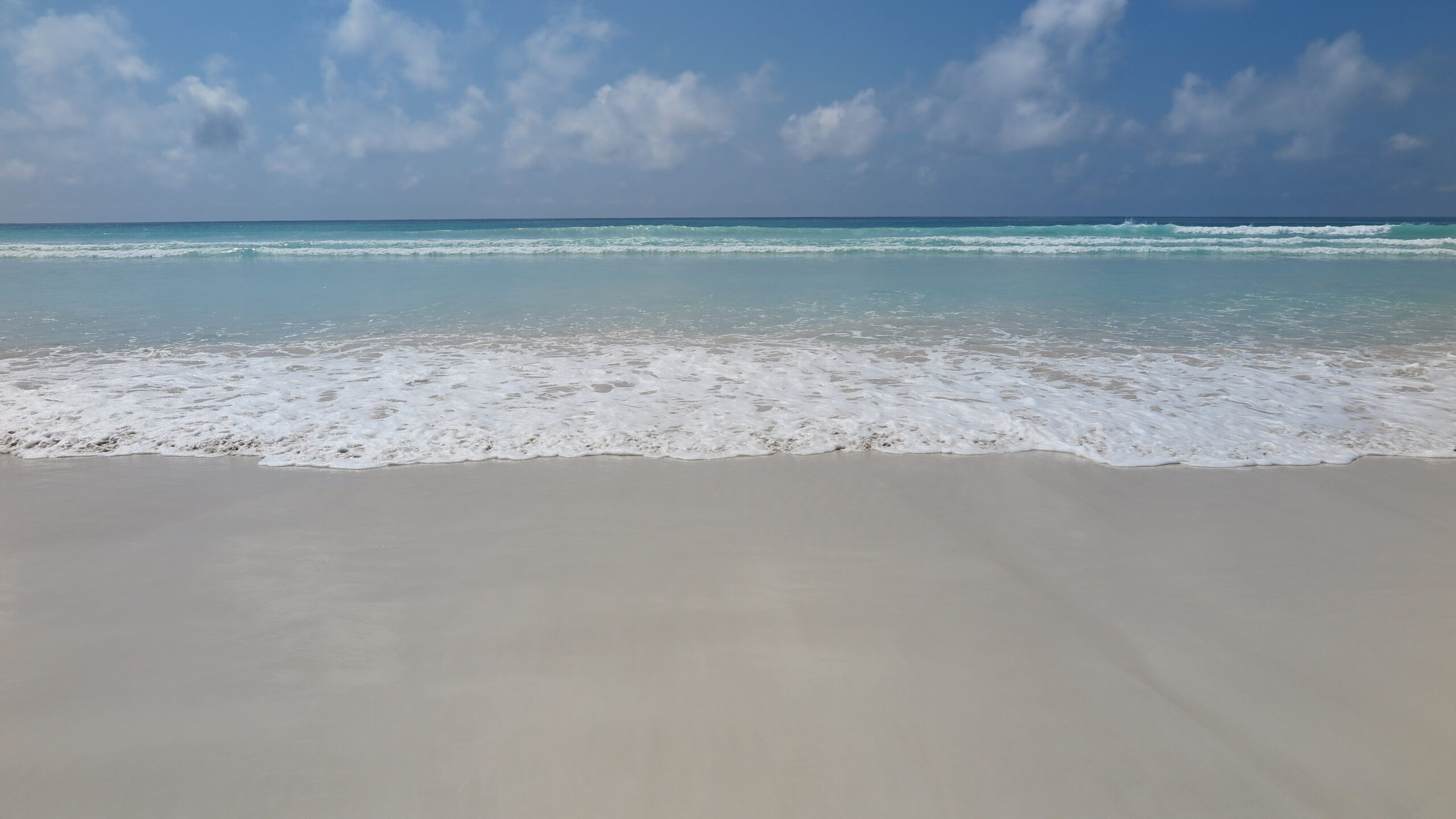
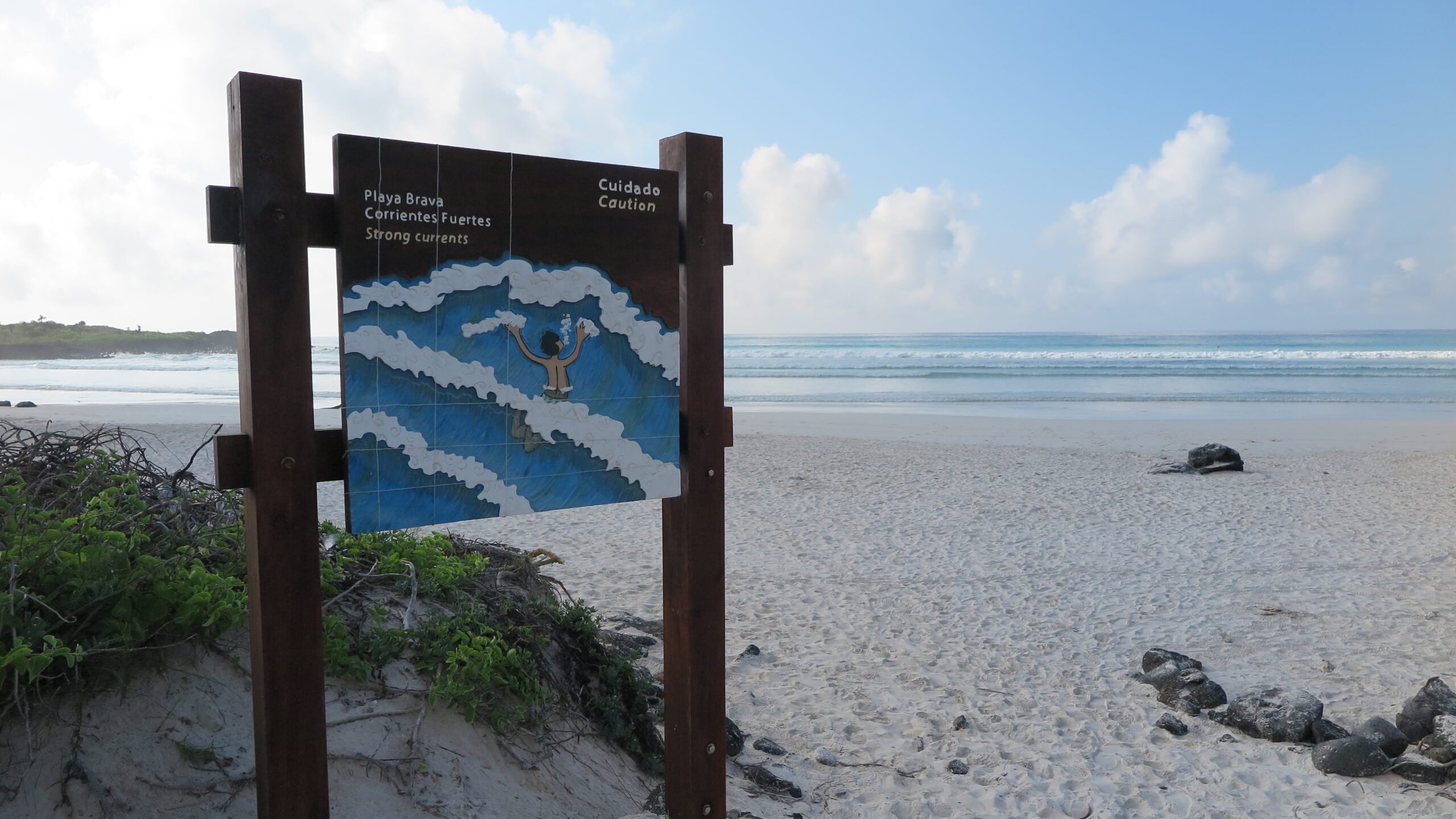
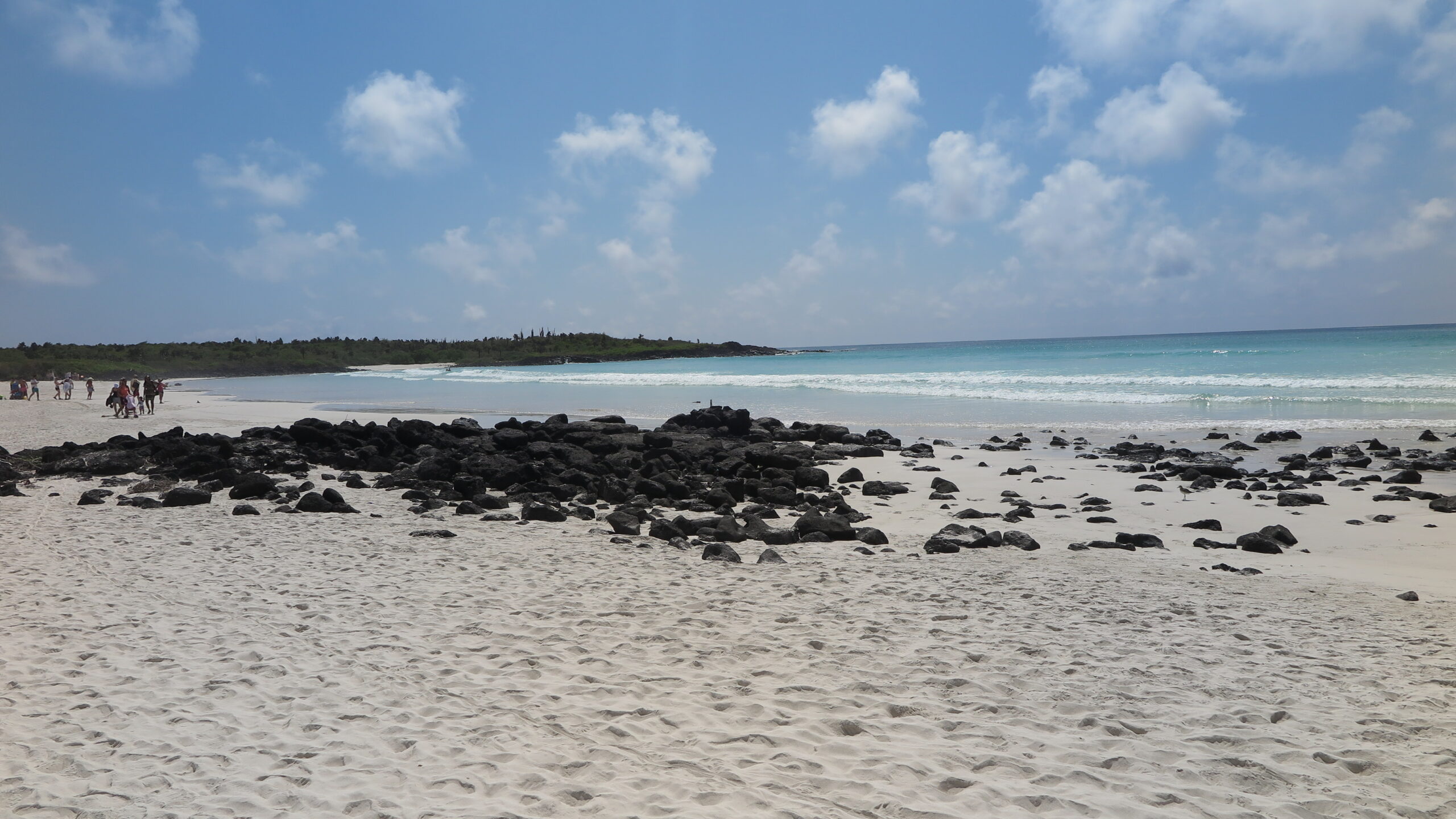
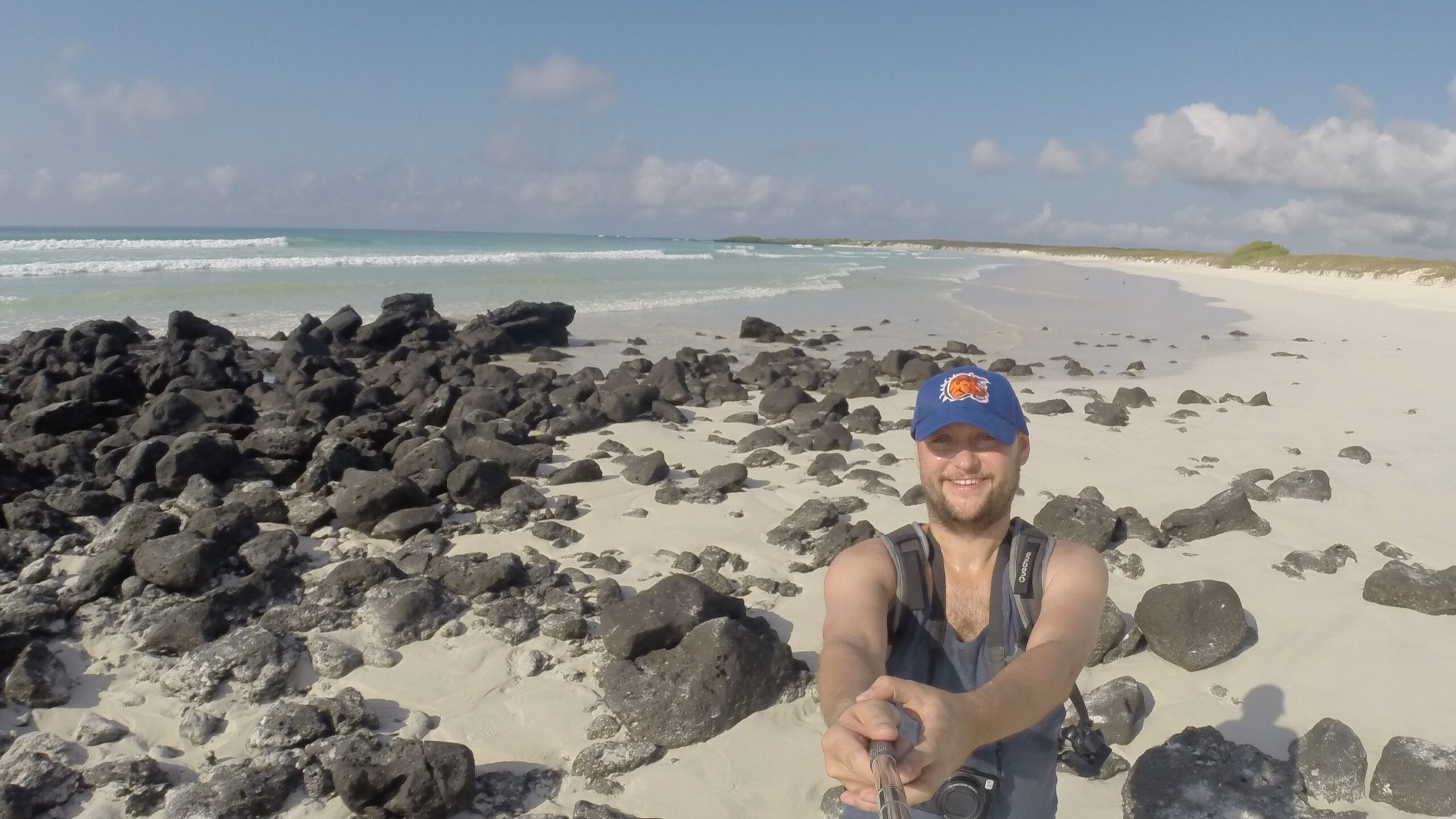
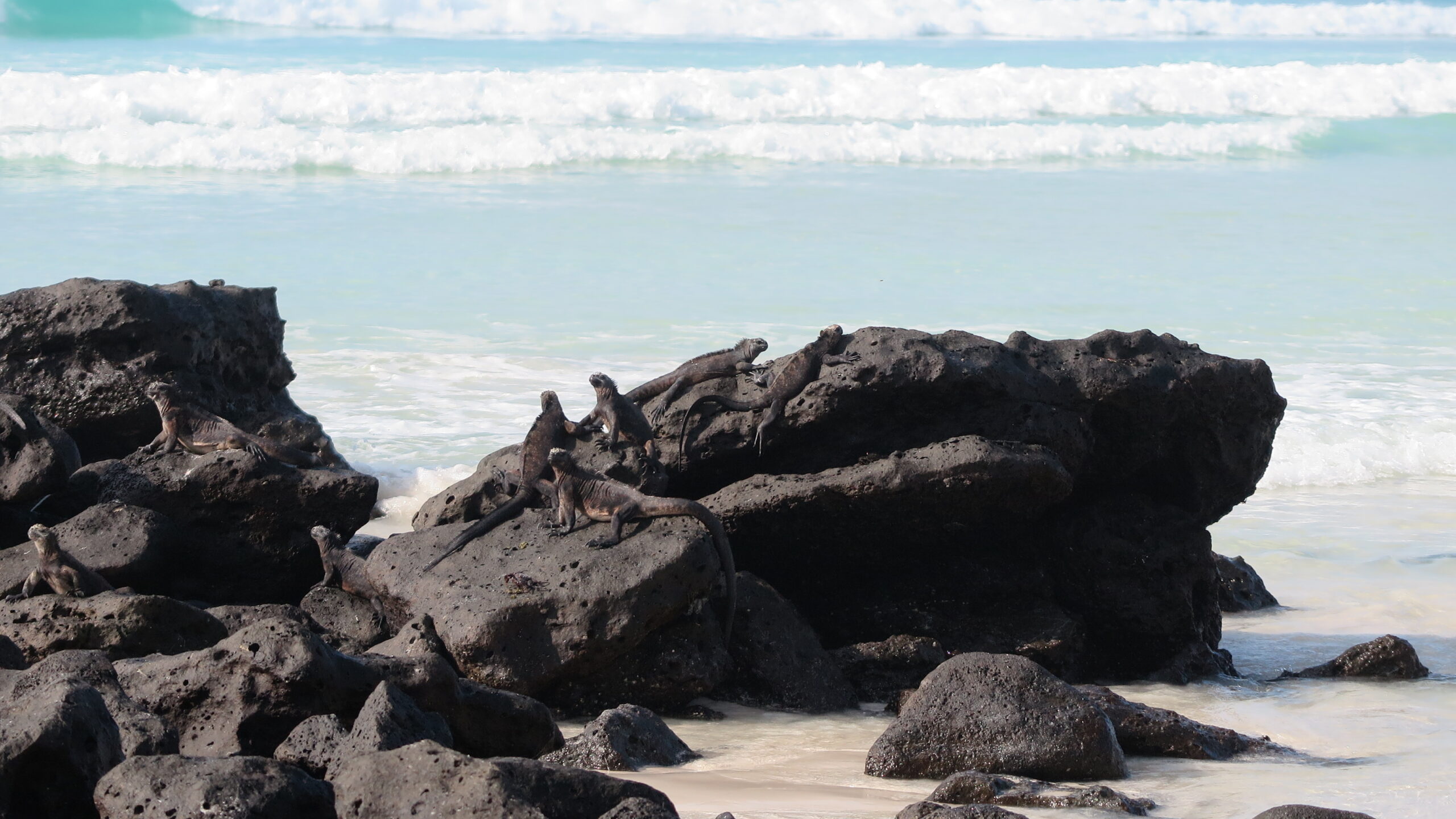
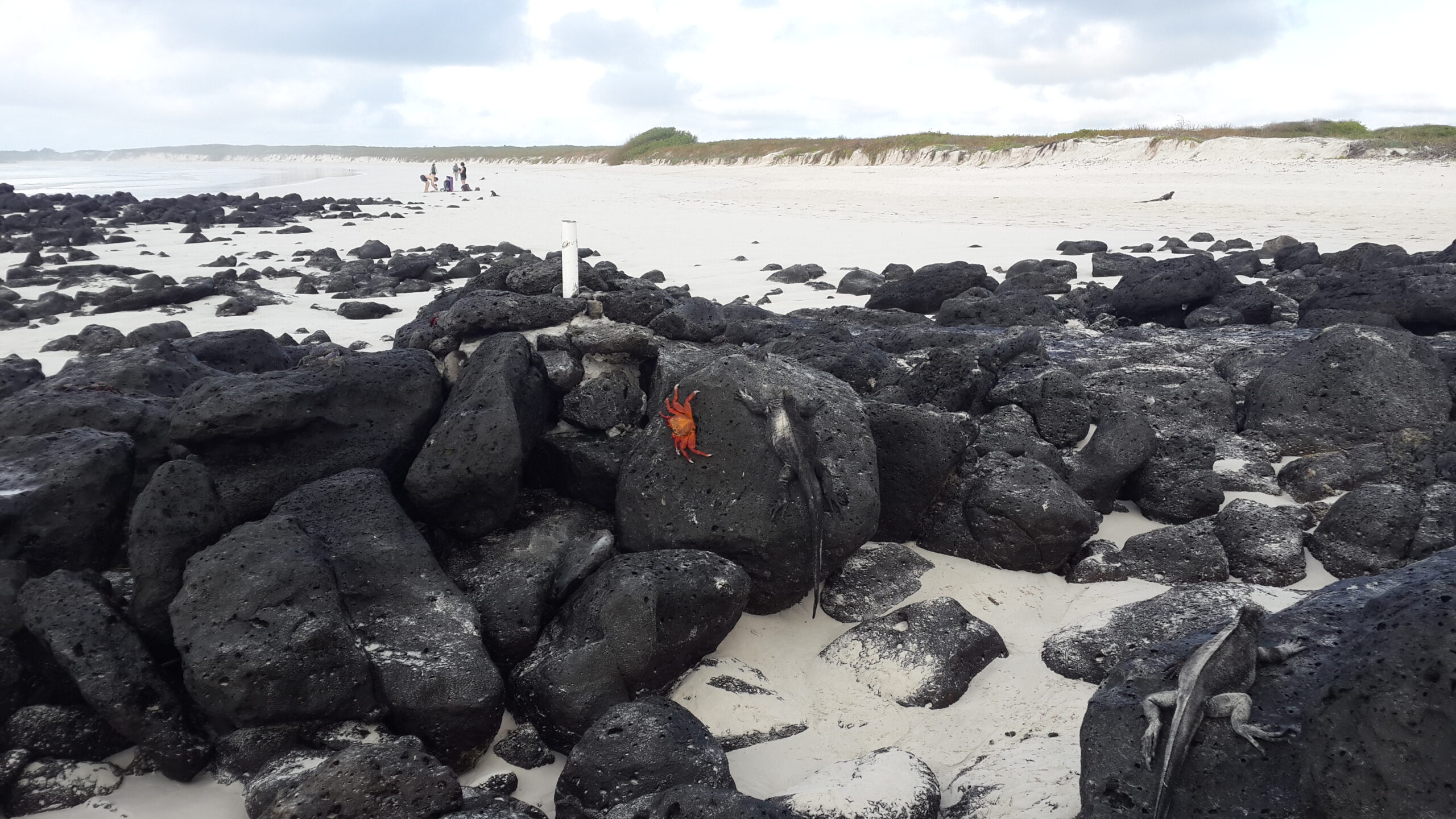
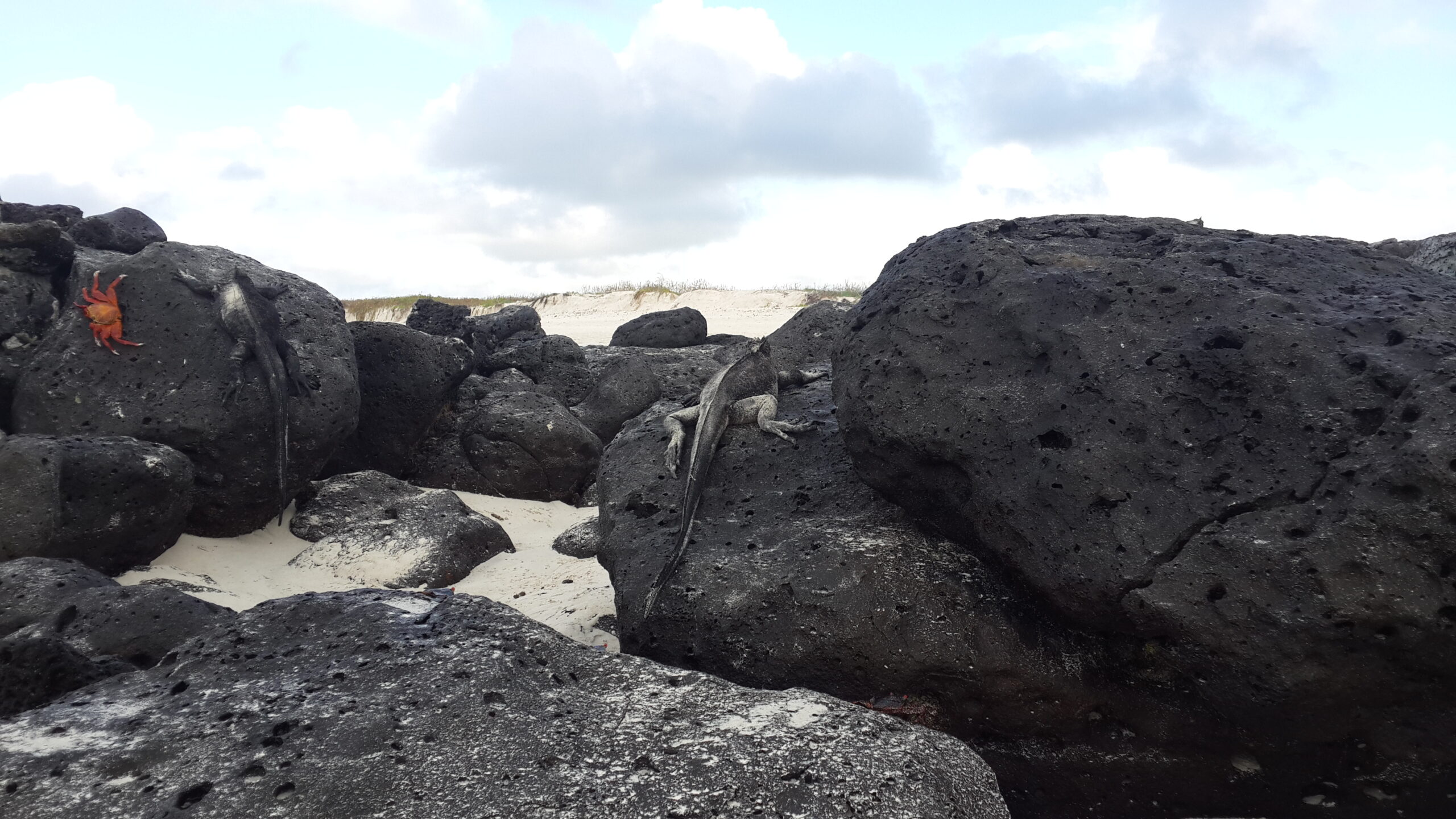
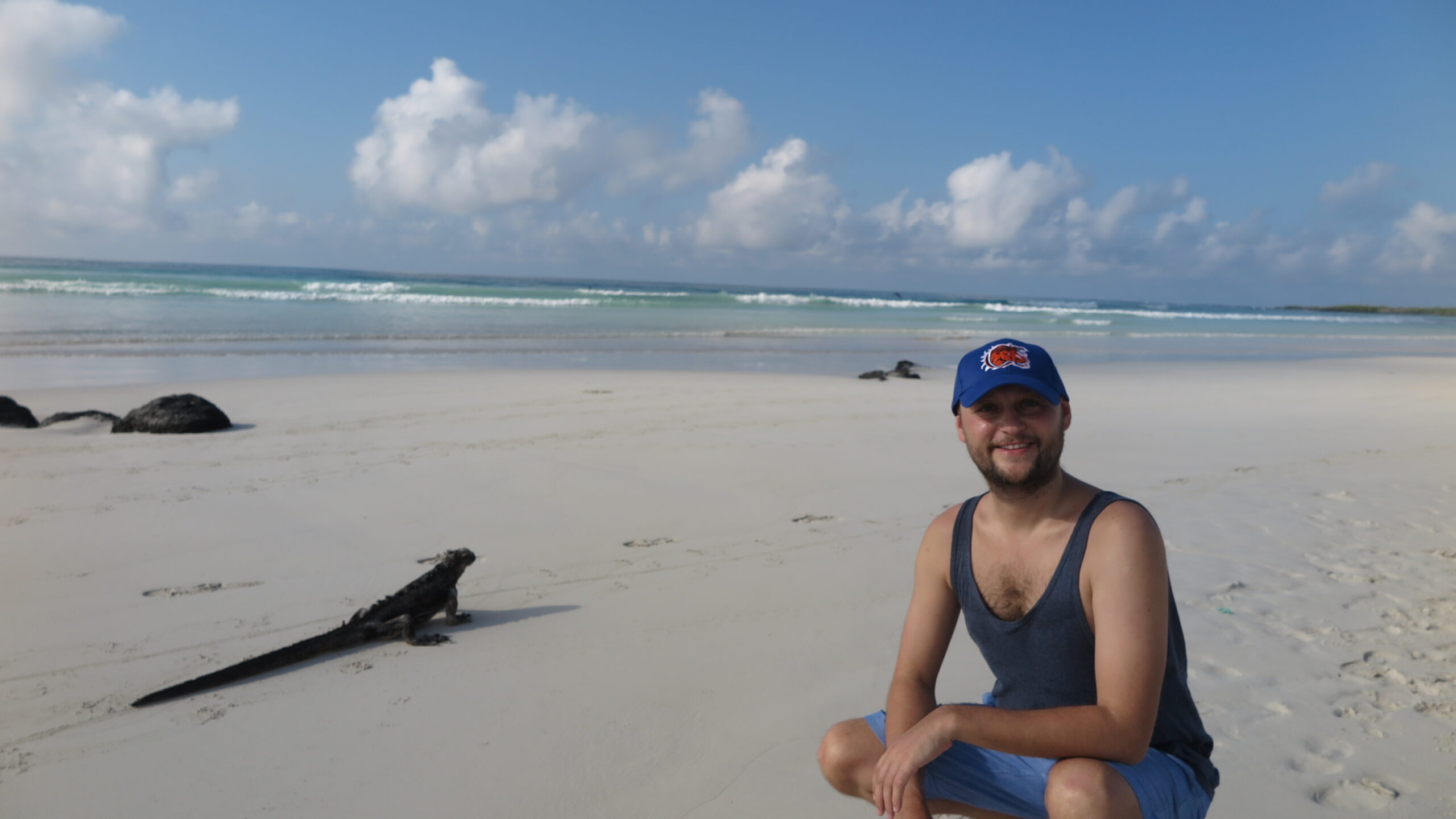
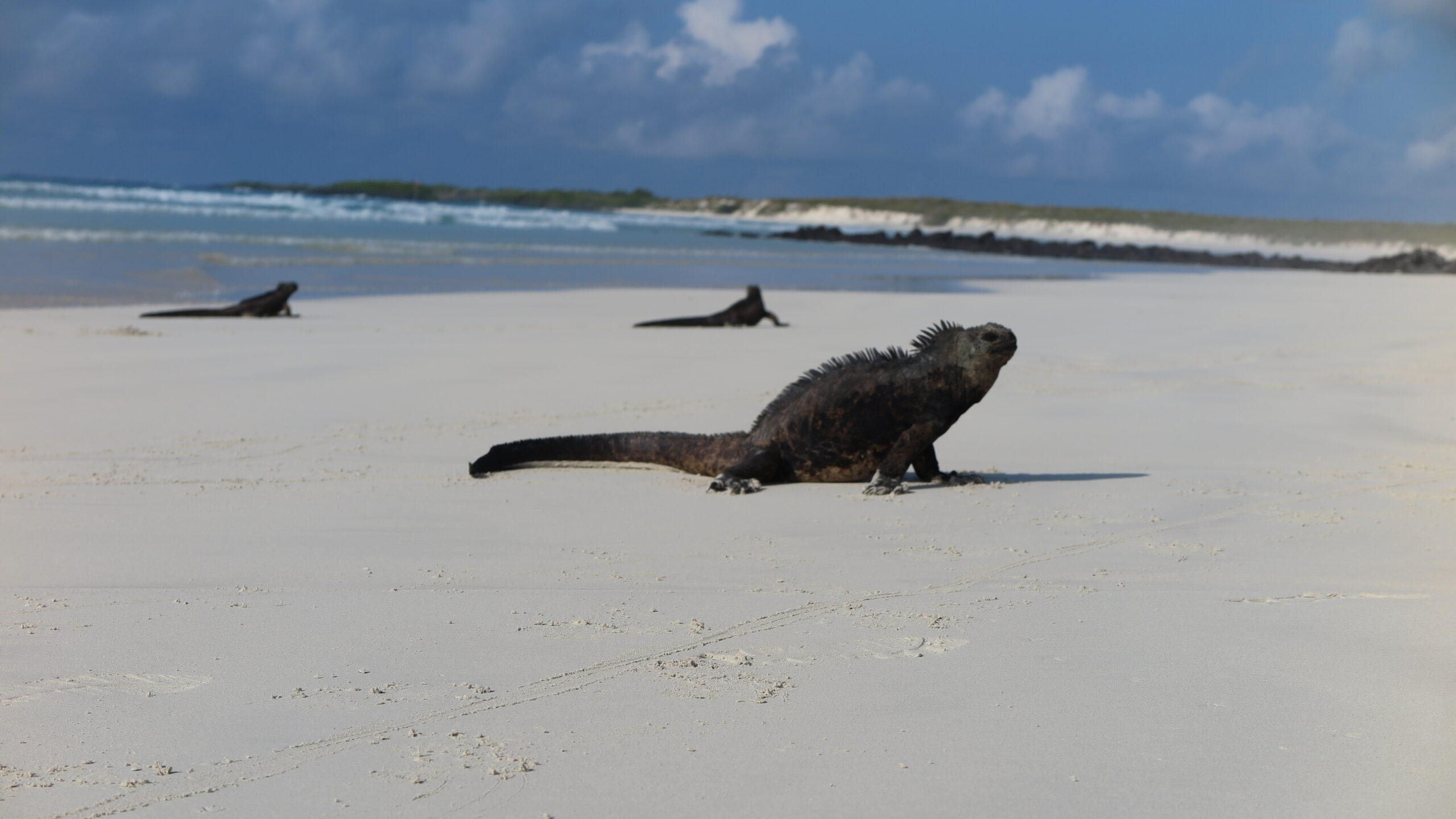
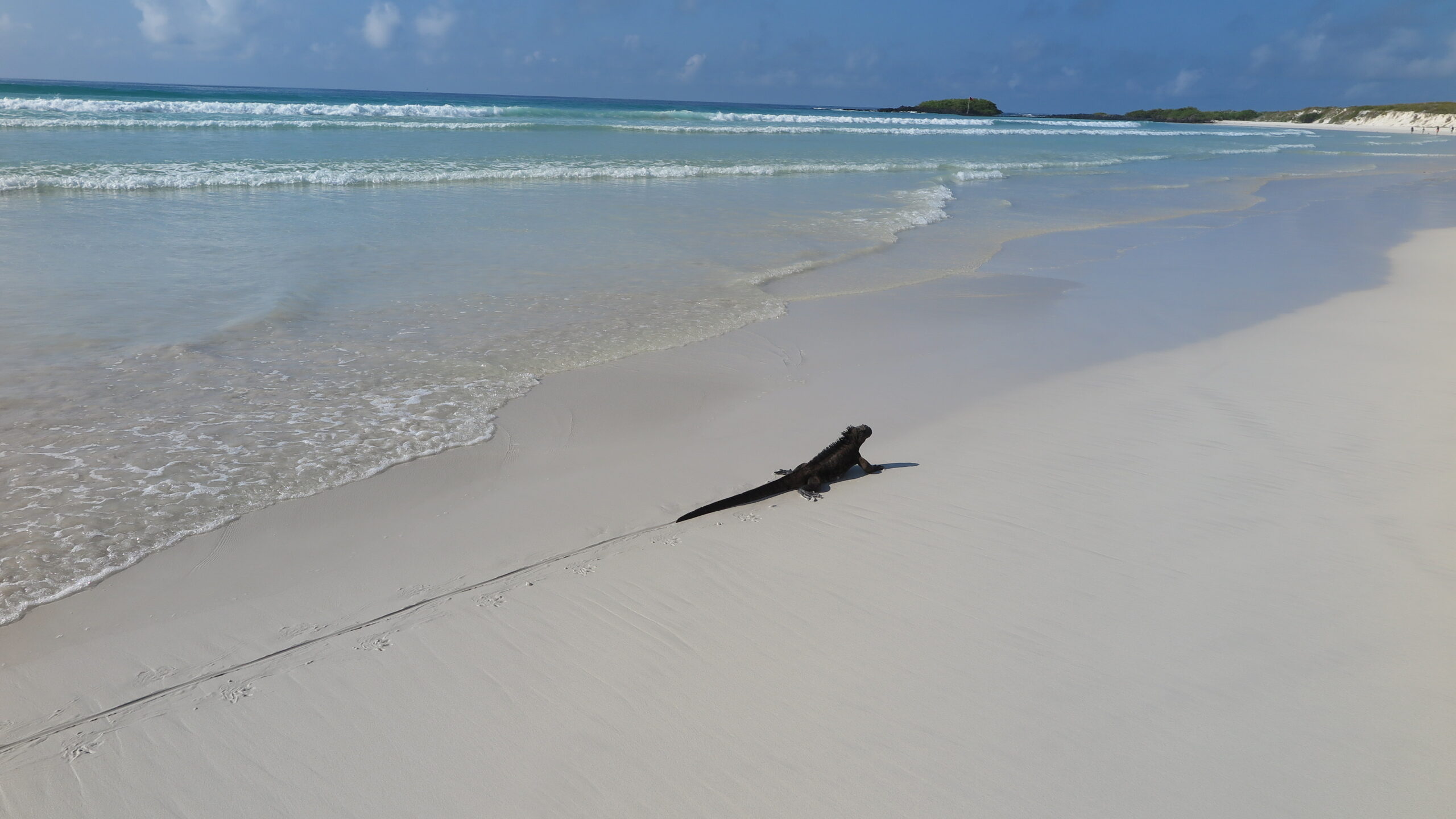
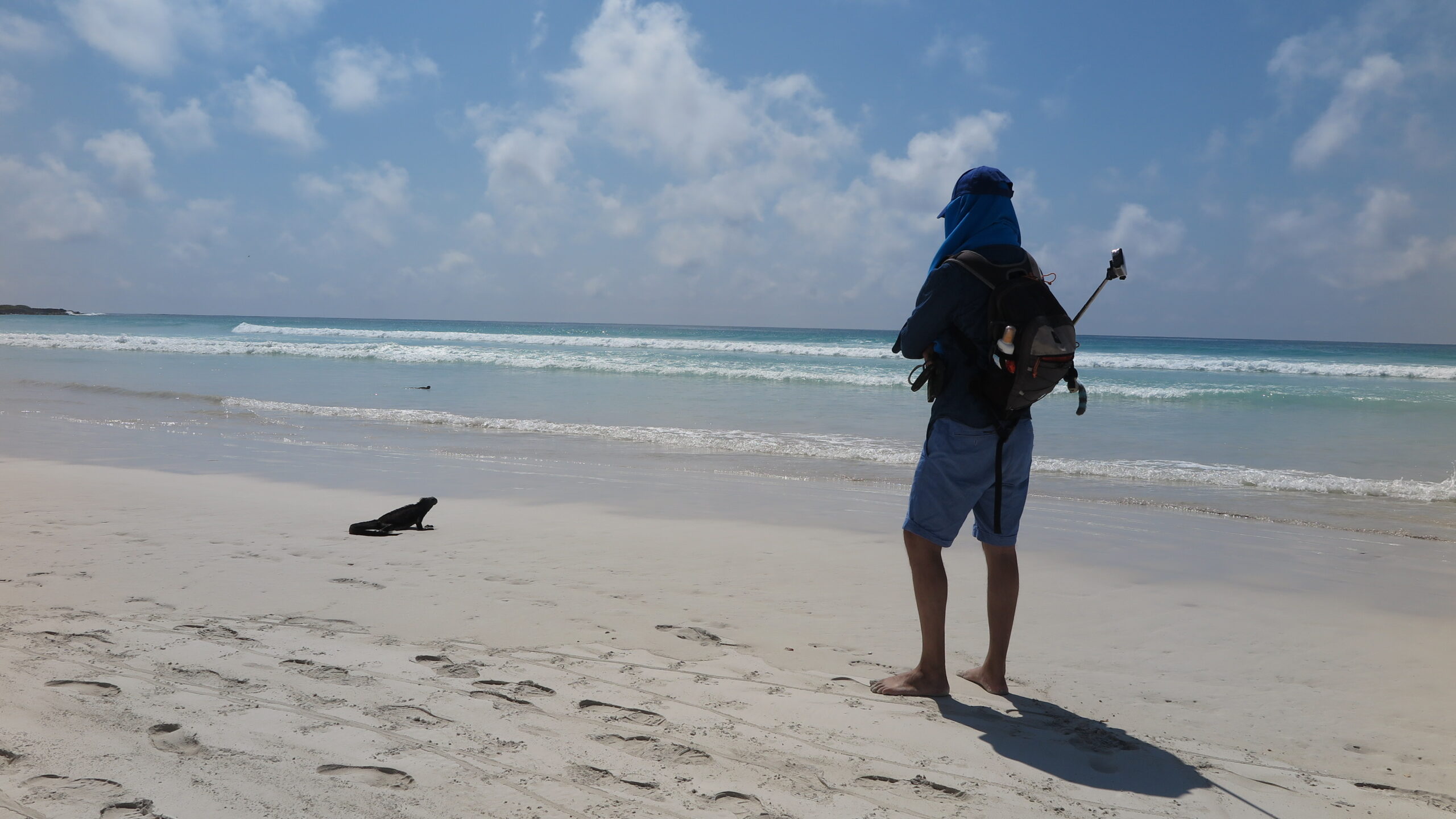
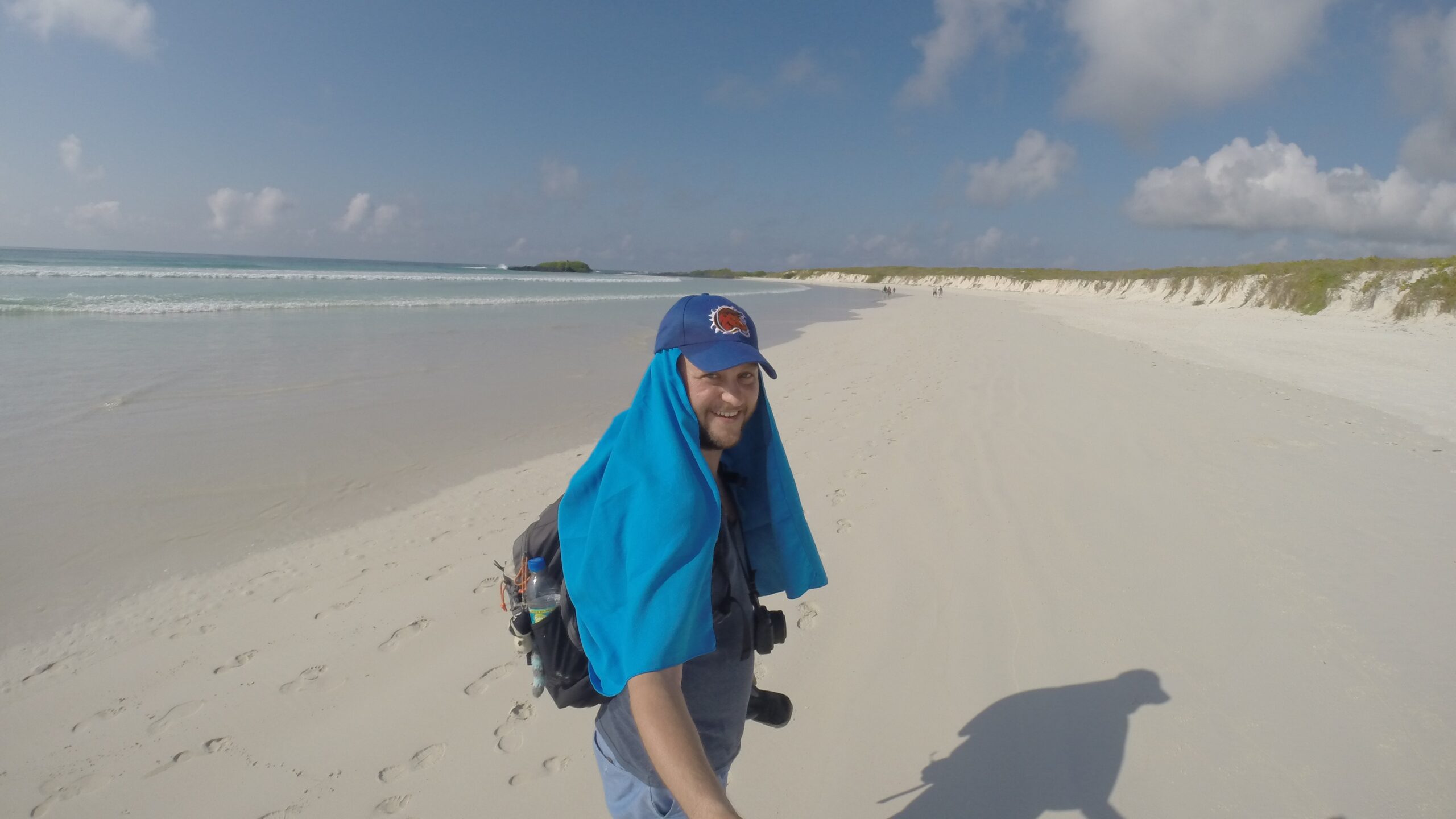
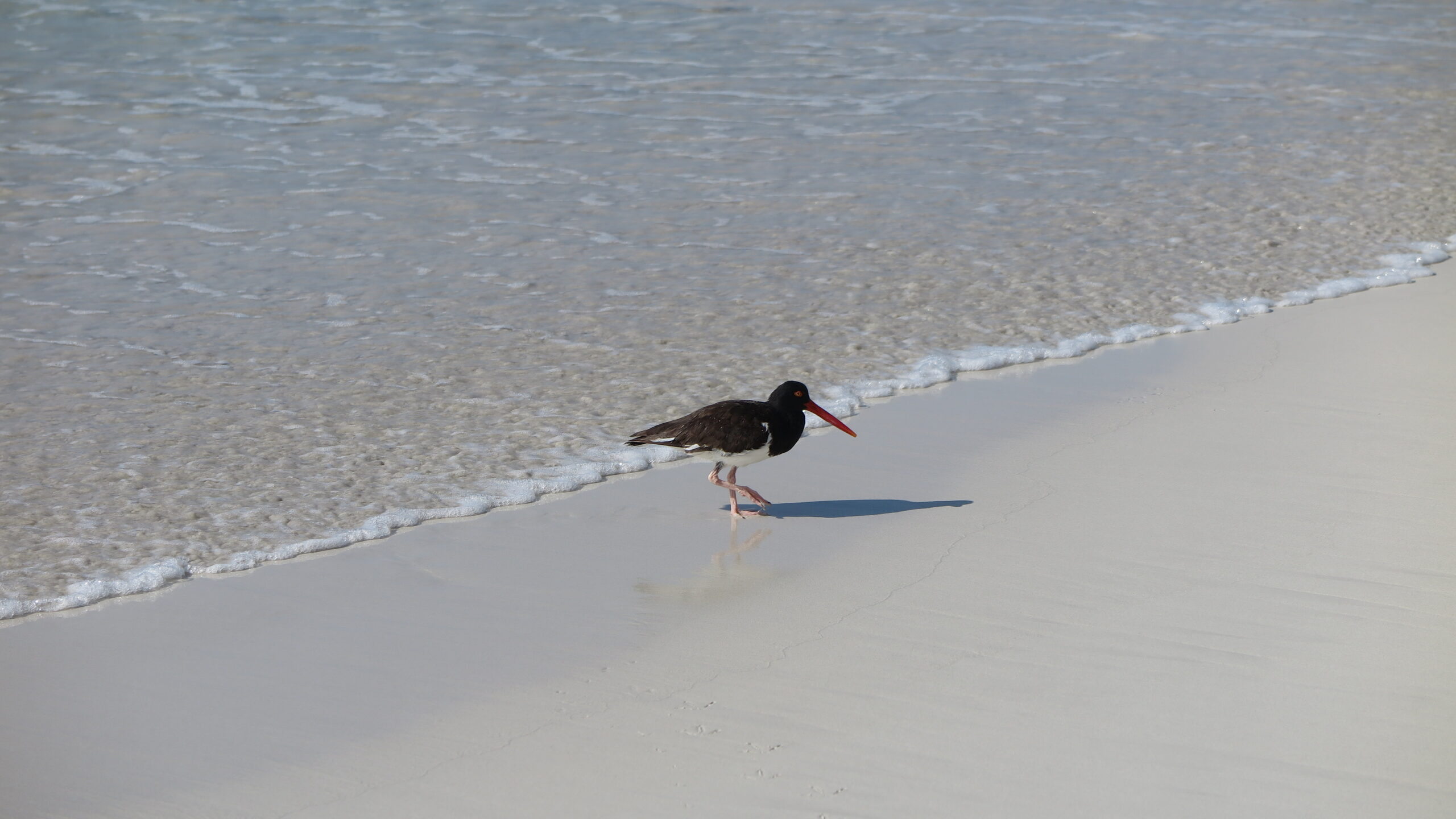
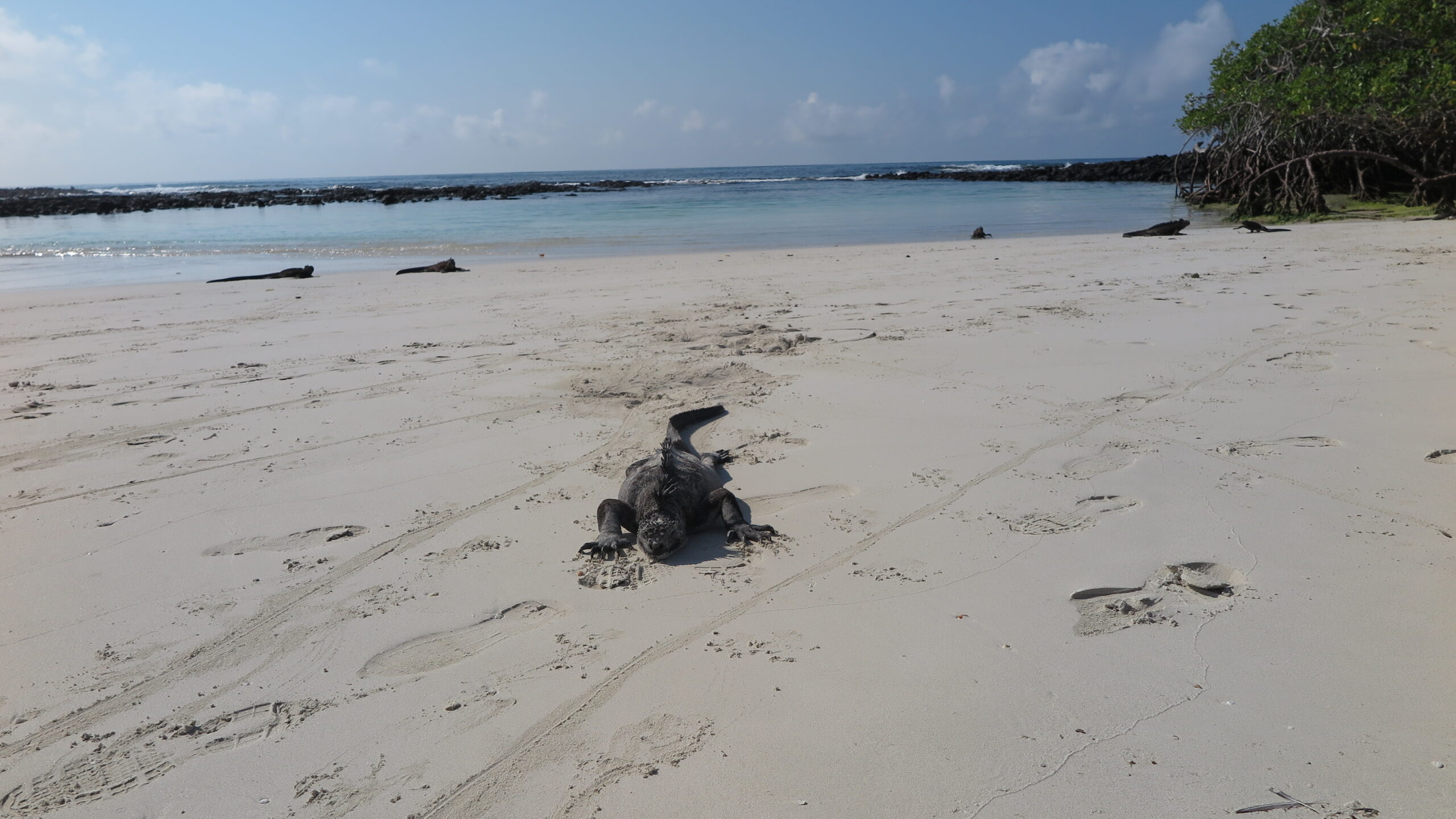
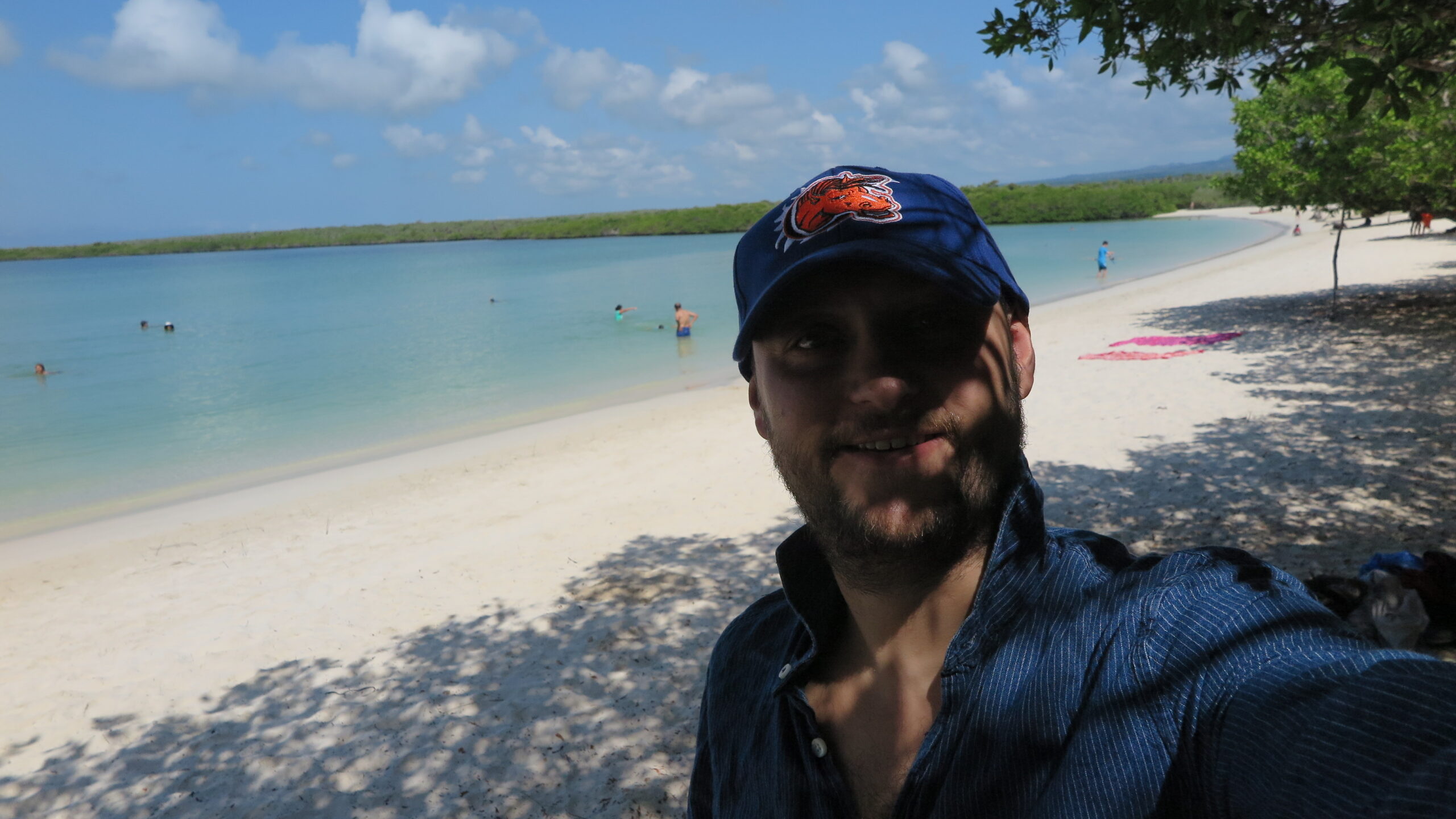
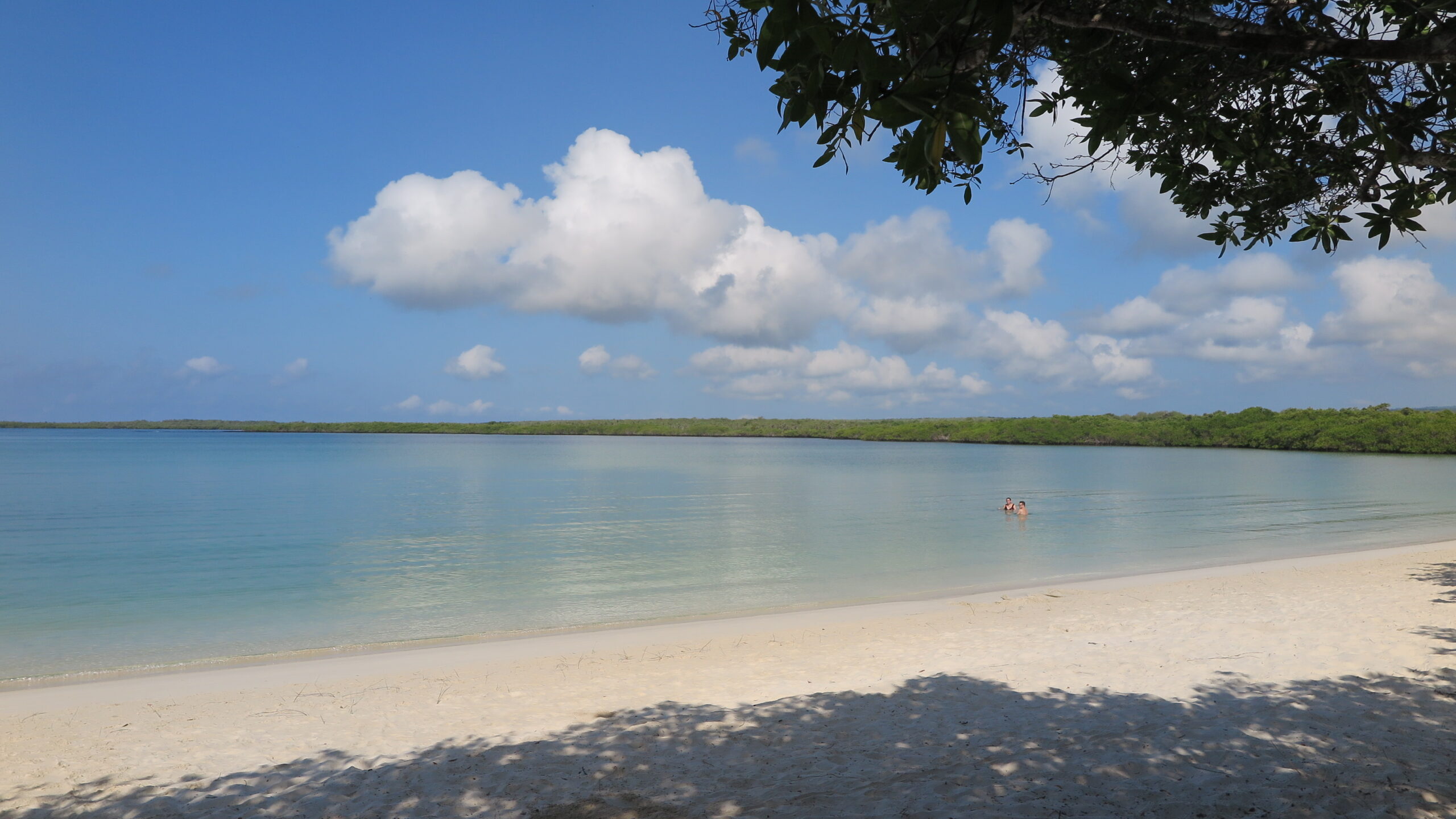
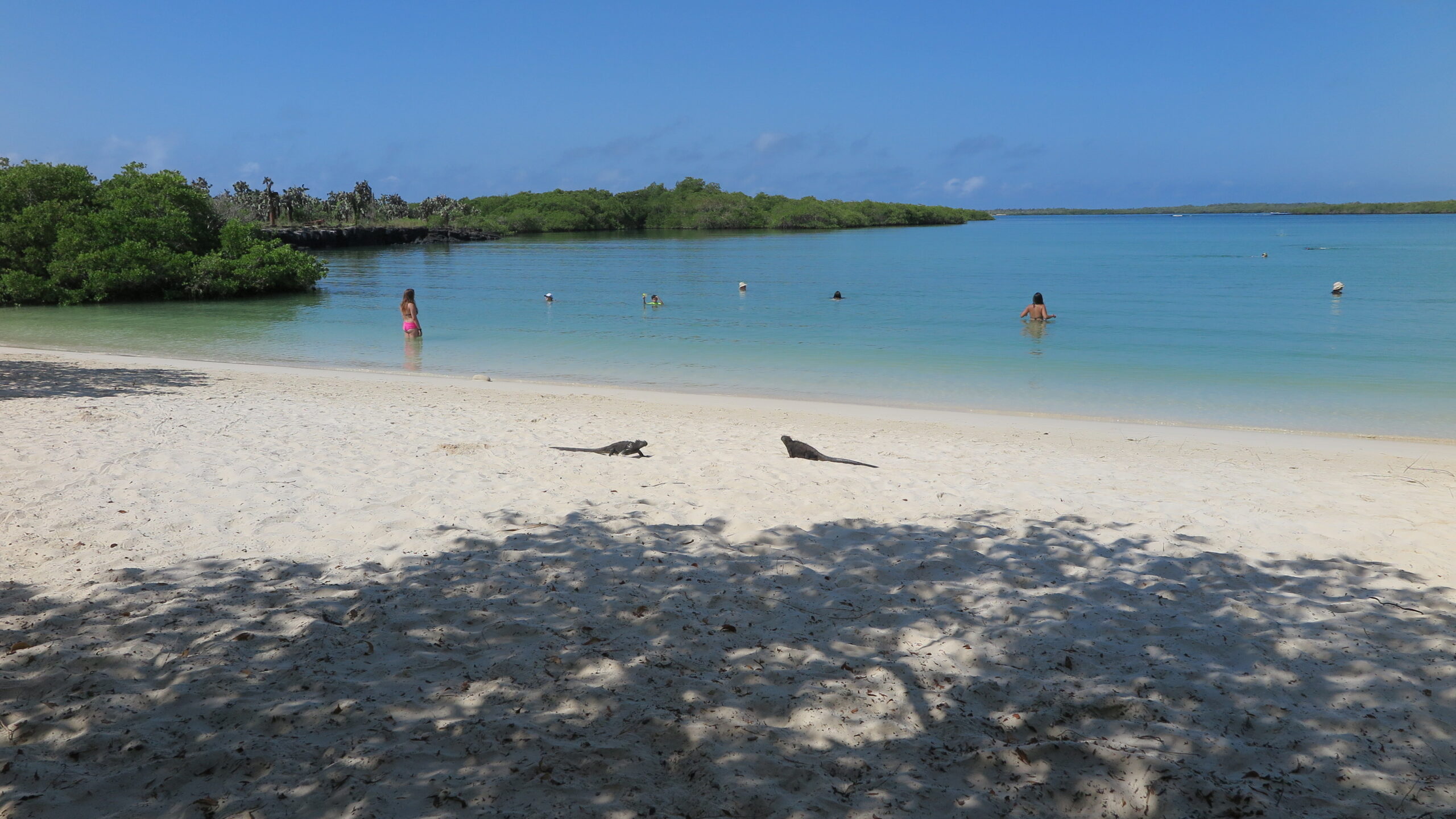
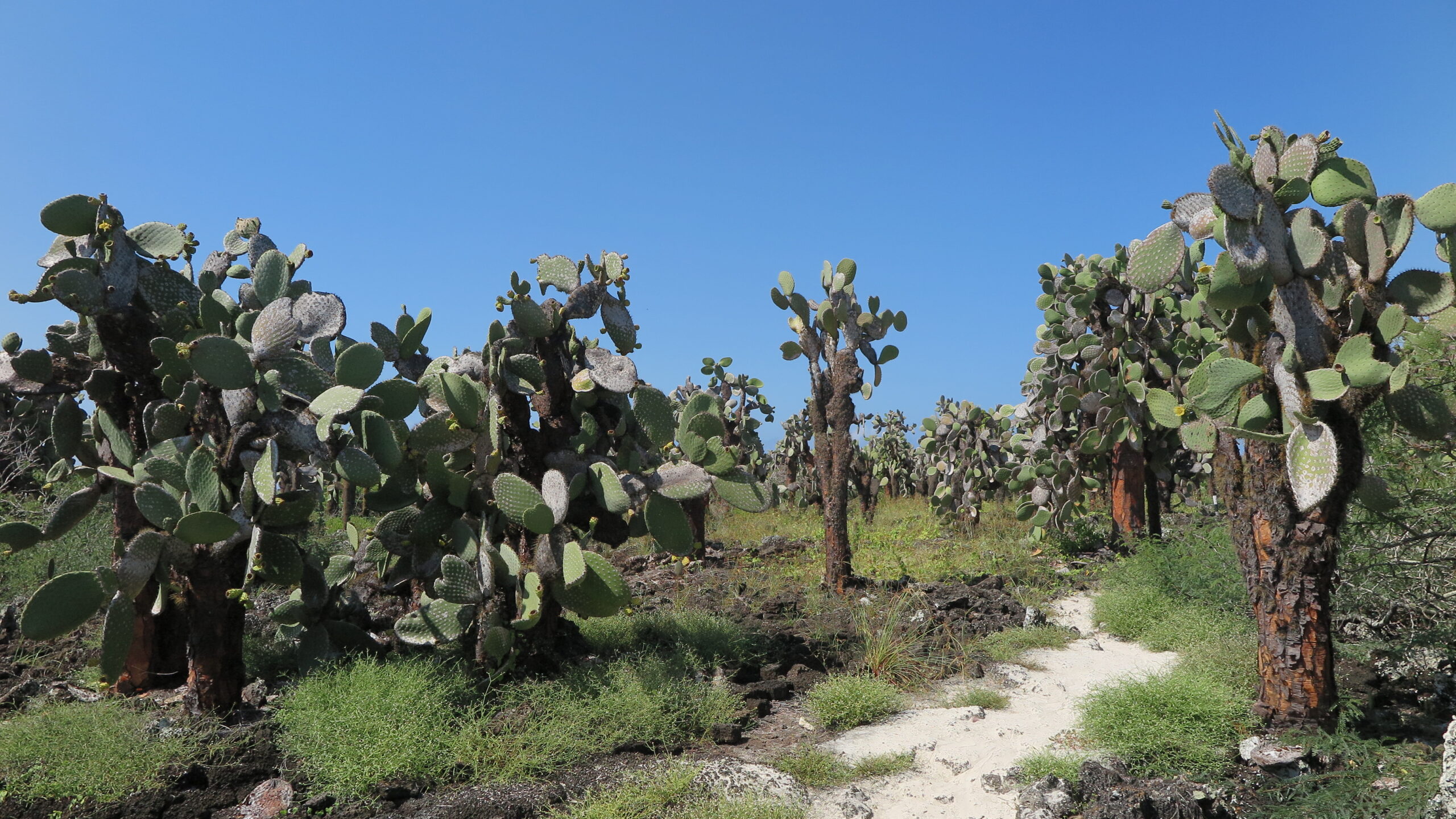
Pingback: Galapagos Islands Travel Notes 4 – Los Gemelos - culinistanbul.com
Pingback: Galapagos Islands Travel Notes 5 – Lava Tunnel - culinistanbul.com